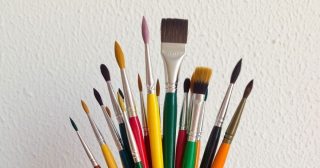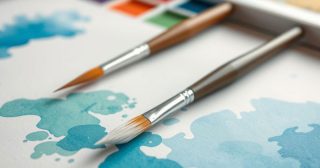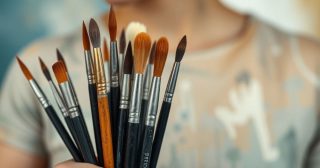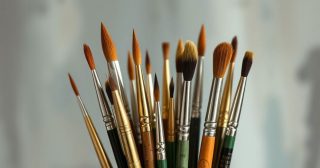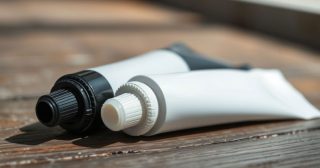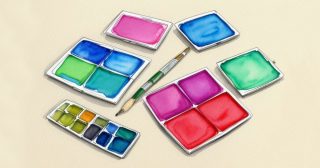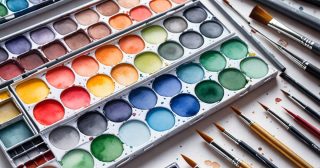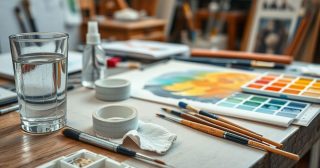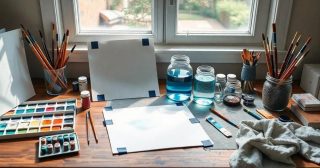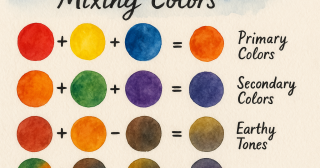Which brushes work best for watercolor painting?
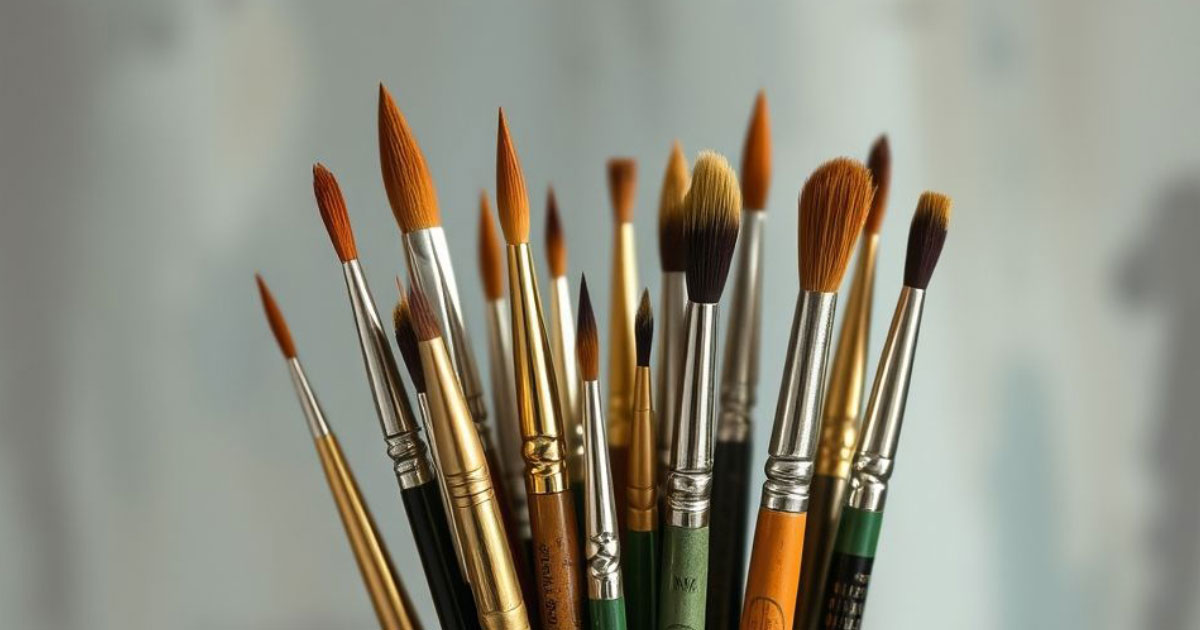
The best brushes for watercolor painting depend on your technique, style, and budget. Here’s a breakdown of the top choices:
Round Brush (Most Versatile)
Use for: Everything—details, washes, lines, and shapes
Sizes to start with: Size 6 or 8 (medium), and size 2 (for fine details)
Why it's great: It holds a lot of water and comes to a sharp tip for control
Flat Brush
Use for: Large washes (skies, backgrounds), clean edges, or bold strokes
Sizes to start with: 1/2 inch or 1 inch
Why it's great: Great for covering large areas evenly
Mop Brush or Quill Brush
Use for: Large, soft washes or blending
Why it's great: Holds a lot of water and creates smooth, flowing strokes
(Can be expensive, but very useful for loose styles)
Detail Brush (Liner or Rigger)
Use for: Fine lines, branches, hairs, lettering
Why it's great: It has long, thin bristles for precision work
Brush Hair Types
Synthetic Brushes (Best for Beginners)
Affordable and cruelty-free
Great water control
Easy to clean
Natural Hair Brushes (e.g., sable, squirrel)
Hold more water and paint
Softer feel and better blending
More expensive, often used by professionals
How to Take Care of Your Brushes
Always rinse them thoroughly after painting
Don’t leave them standing in water
Store them flat or with the bristles up

